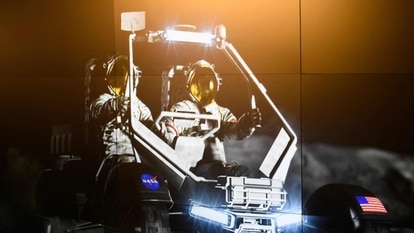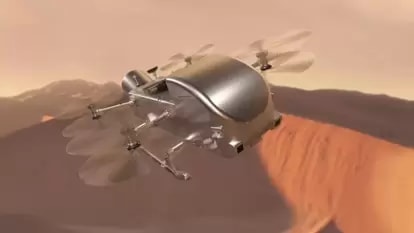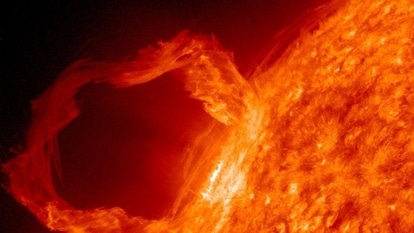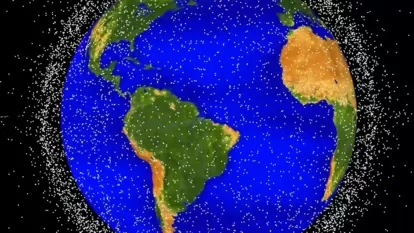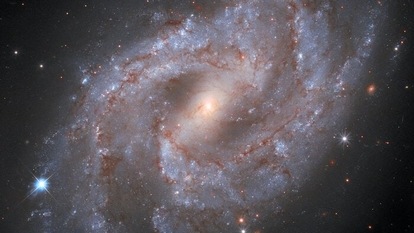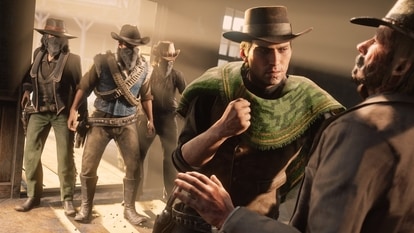Look back in time to 270 million years! NASA's JWST shows the dead past in awesome detail
The James Webb Space Telescope has captured a stunning image looking back 270 million years into the past.
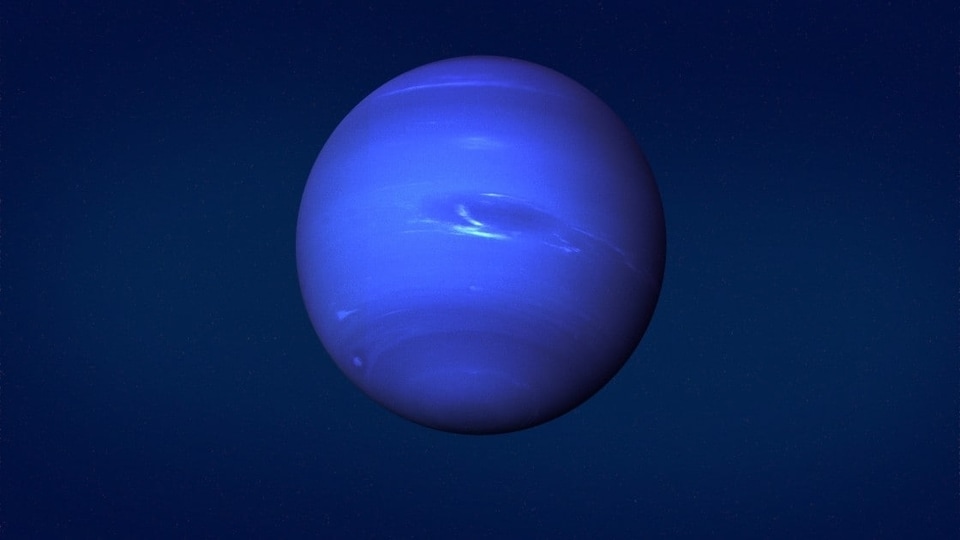
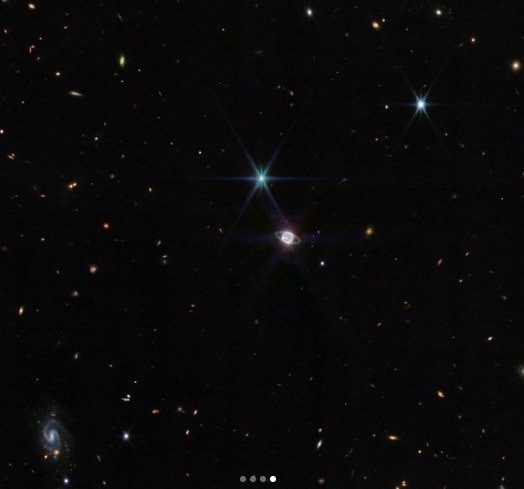
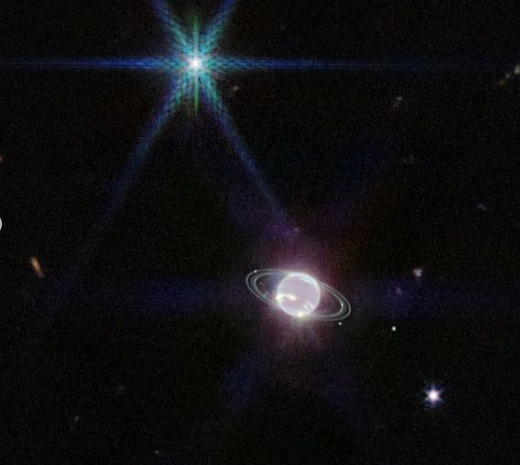
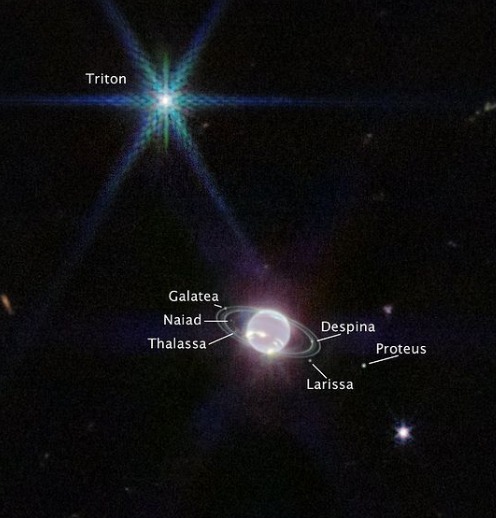
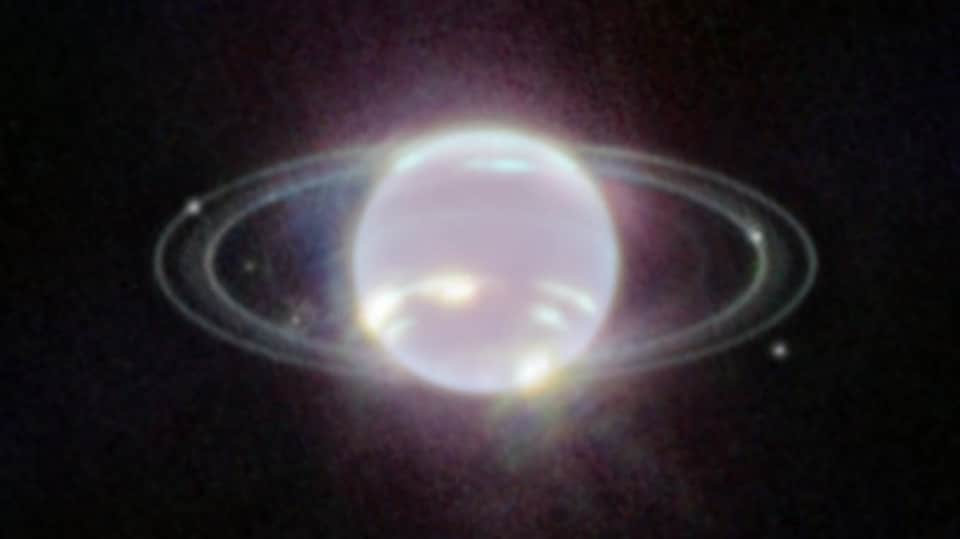
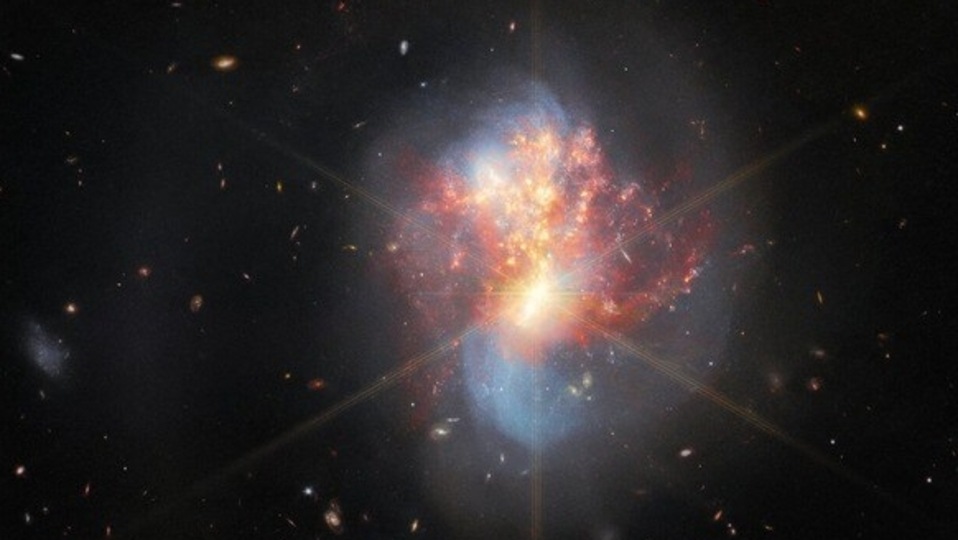
 View all Images
View all ImagesThe James Webb Space Telescope has been shocking us with its capabilities ever since its launch. NASA's $10 billion space telescope has been capturing breathtaking images of far-off galaxies, star clusters, black holes and more. In effect, it is looking back in time to hundreds of millions of years ago. Now, the telescope has achieved yet another feat by looking back in time and capturing a stunning image of crashing galaxies, which occurred more than 270 million years ago.
ESA has released the mesmerizing image which shows an entwined pair of galaxies from the constellation Cetus around 270 million years ago. The JWST is co-managed by NASA and ESA. ESA explained in a blog below the image, “The two galaxies in IC 1623 are plunging headlong into one another in a process known as a galaxy merger. Their collision has ignited a frenzied spate of star formation known as a starburst, creating new stars at a rate more than twenty times that of the Milky Way galaxy. ”
Although this same galaxy was previously captured by the Hubble Space Telescope, the JWST's infrared capturing instruments are far more technologically advanced which helped capture this stunning image. The team of scientists captured the image across the infrared portions of the electromagnetic system with the help of JWST's MIRI, NIRSpec, and NIRCam instruments.
JWST in trouble
Just a few months ago, the James Webb Space Telescope encountered trouble with one of its instruments. According to NASA, the Mid-Infrared Instrument aboard the JWST is not functioning optimally due to an issue with one of its four observing modes. NASA said in a blog, “On Aug. 24, a mechanism that supports one of these modes, known as medium-resolution spectroscopy (MRS), exhibited what appears to be increased friction during setup for a science observation.”
This is not the first time that the $10 billion space telescope has encountered issues during operation. In June, the telescope was hit by a meteoroid which caused some damage to one of the telescope's 18 mirror fragments which required correction by NASA to compensate for the damage.
Catch all the Latest Tech News, Mobile News, Laptop News, Gaming news, Wearables News , How To News, also keep up with us on Whatsapp channel,Twitter, Facebook, Google News, and Instagram. For our latest videos, subscribe to our YouTube channel.



